Drawing larger than Life Week 2: Flatter forms and Mark Making
November 10, 2021
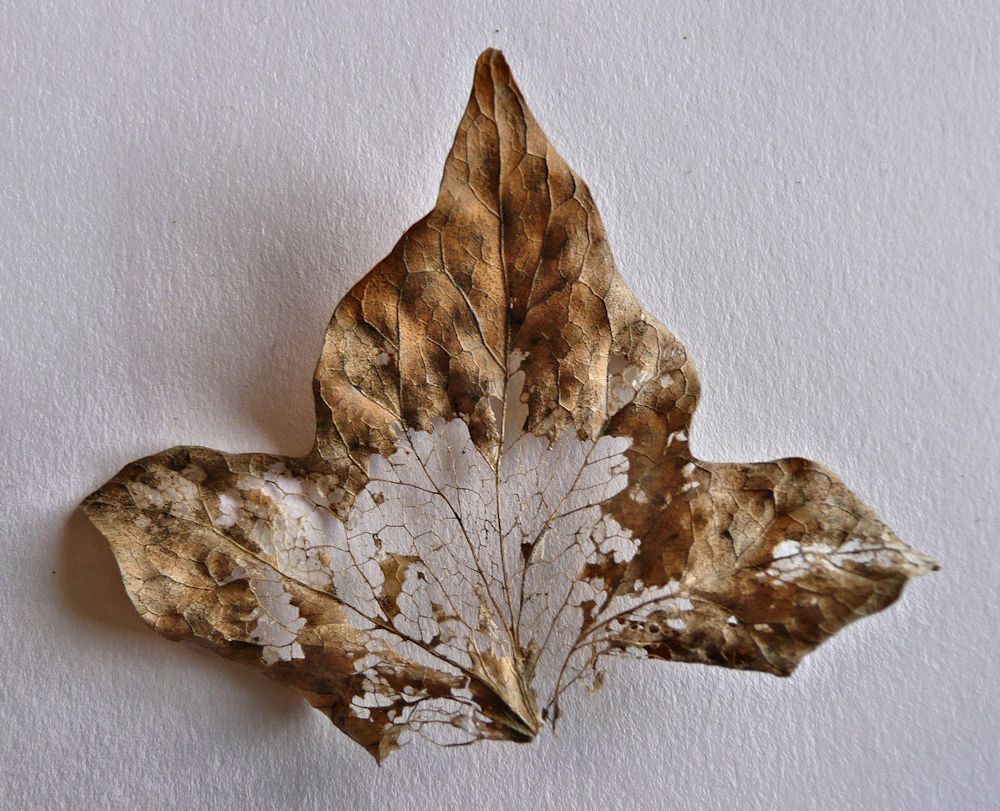
Photo
Last week we looked at small but sculptural forms and how to make them look three dimensional. This week we’ll look at flatter or low relief forms with a view to depicting their character by mark making and line.
Look for an axis or a point from which a pattern of lines or curves radiate outwards and indicate this on your paper. Look for, in the case of a leaf as above, the point from which the veins radiate and draw them with regard for the angles between them.
To ensure your drawing is large enough make sure that at its widest and highest points these touch the sides of the imaginary rectangle enclosing the whole form. Best to do as last week and draw this rectangle feintly on your paper. Most natural forms are not completely symmetrical, nor will the point from which, as in the Ivy leaf above, will the point from which the veins radiate be necessarily the lowest point of your drawing even if the stalk is missing.
Leaves of course take many shapes, and the arrangement of veins may be along a central axis as in the holly leaf at the end of this post. Once you have drawn the main shapes of you object and added some tone where needed, you can then come to grips with the fun part, hopefully loads of interesting mark making. As ever practice various marks on some spare paper, on the bare paper and over areas of tone. Sometimes it can give a soft effect to tone the paper by light hatching over marks.
Try making dull marks with a blunt or rounded stick or pencil. Also try making well defined marks with a very sharp pencil or by either sharpening a stick of your medium to give a sharp edge. Keep a small piece of sandpaper handy for this. How much you suggest surface textures and patterns and how much you copy faithfully from the object is very much your choice and will depend on whether you wish to create an impression of the object’s character or go for ultimate realism.
Here are a few more photos of the sort of reference suitable for this week’s challenge.
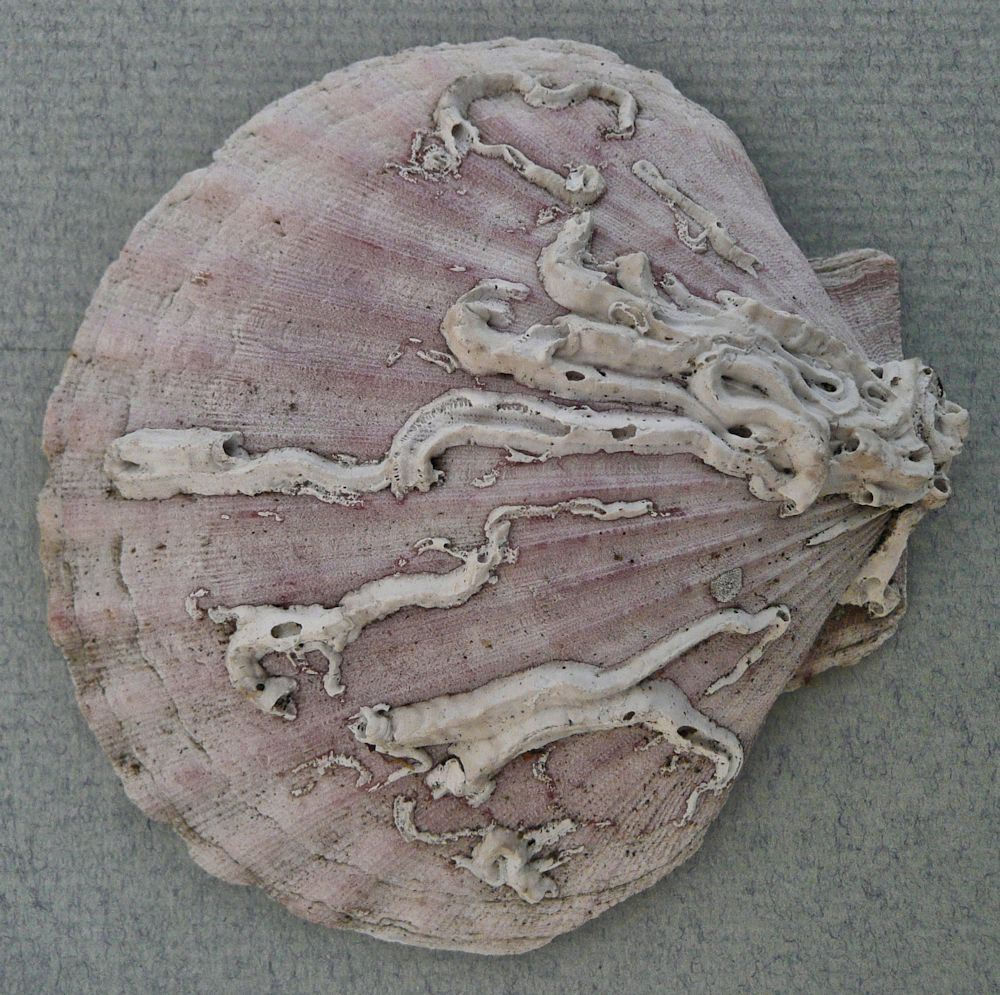

Note its weathered surface and how different it appears to its lower surface. You may like to try drawing both surfaces of similar objects.

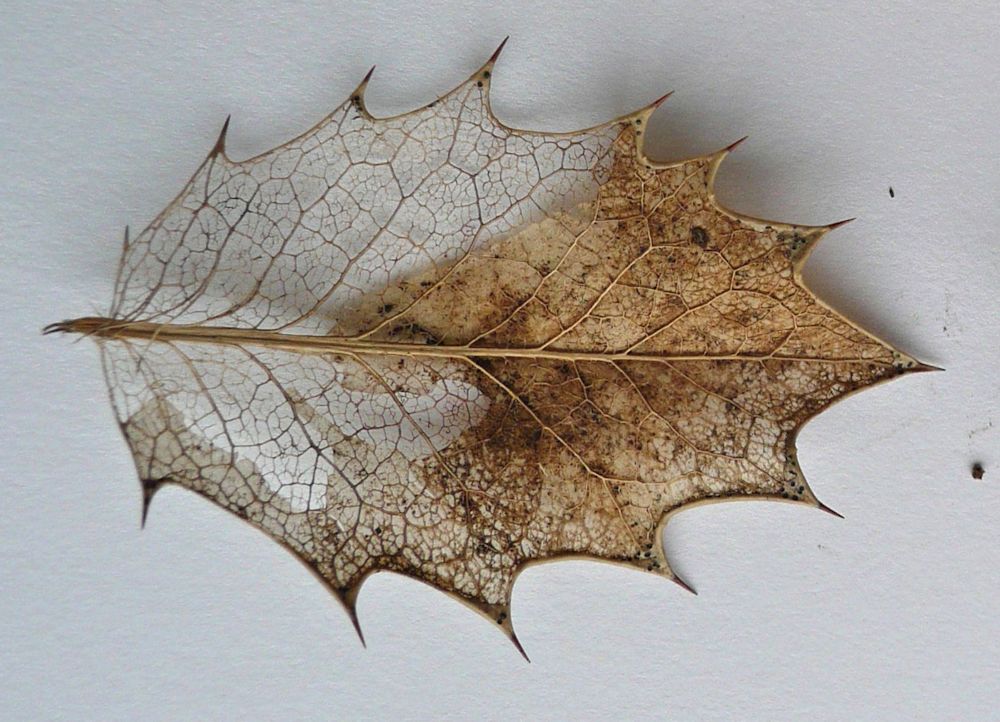
Your Drawings: All on A2 paper

Charcoal by Sarah
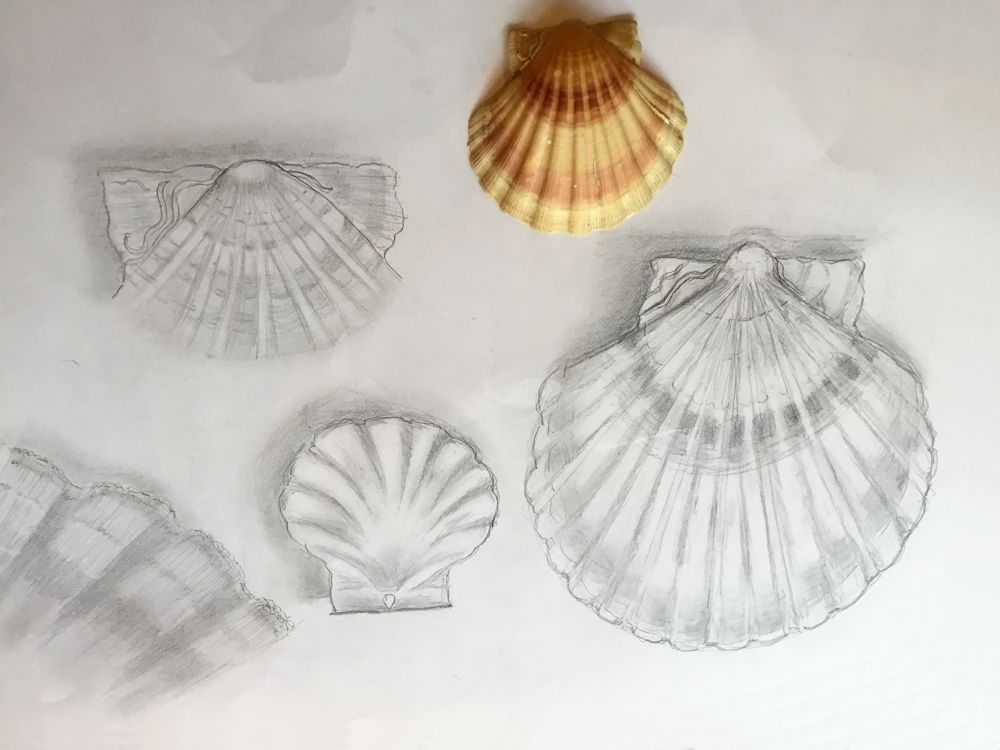
by Ann
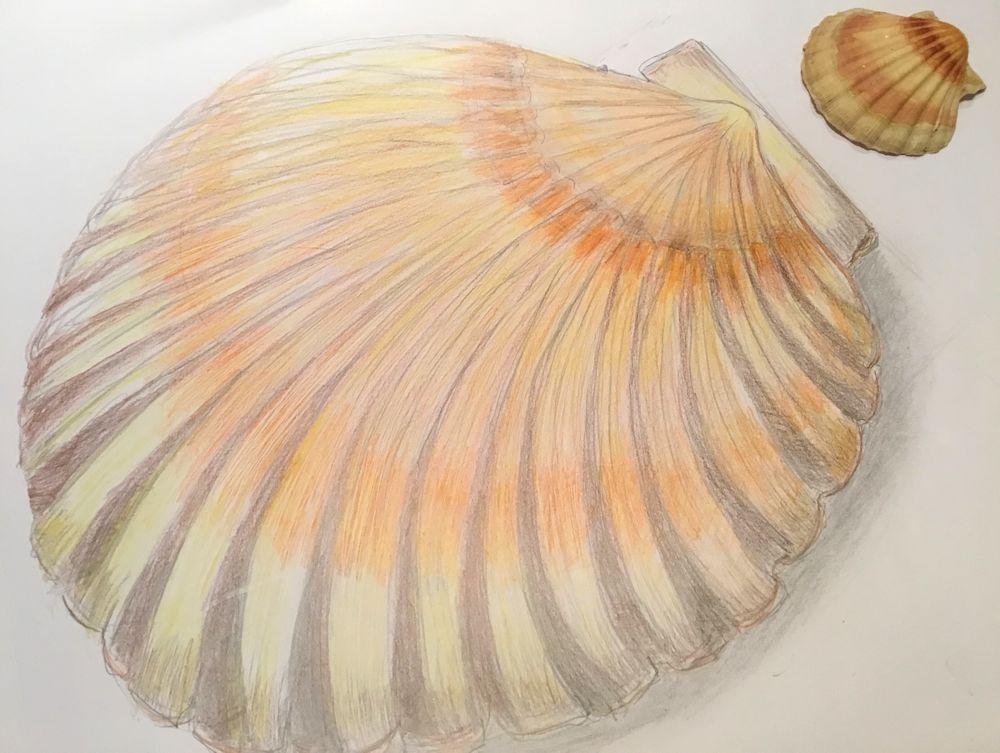
by Ann

by Maricarmen

in carpenters’ pencils and graphite stick
by Maryon

Graphite, charcoal and sienna pencil by Jan

Graphite by Jan

by Virginia
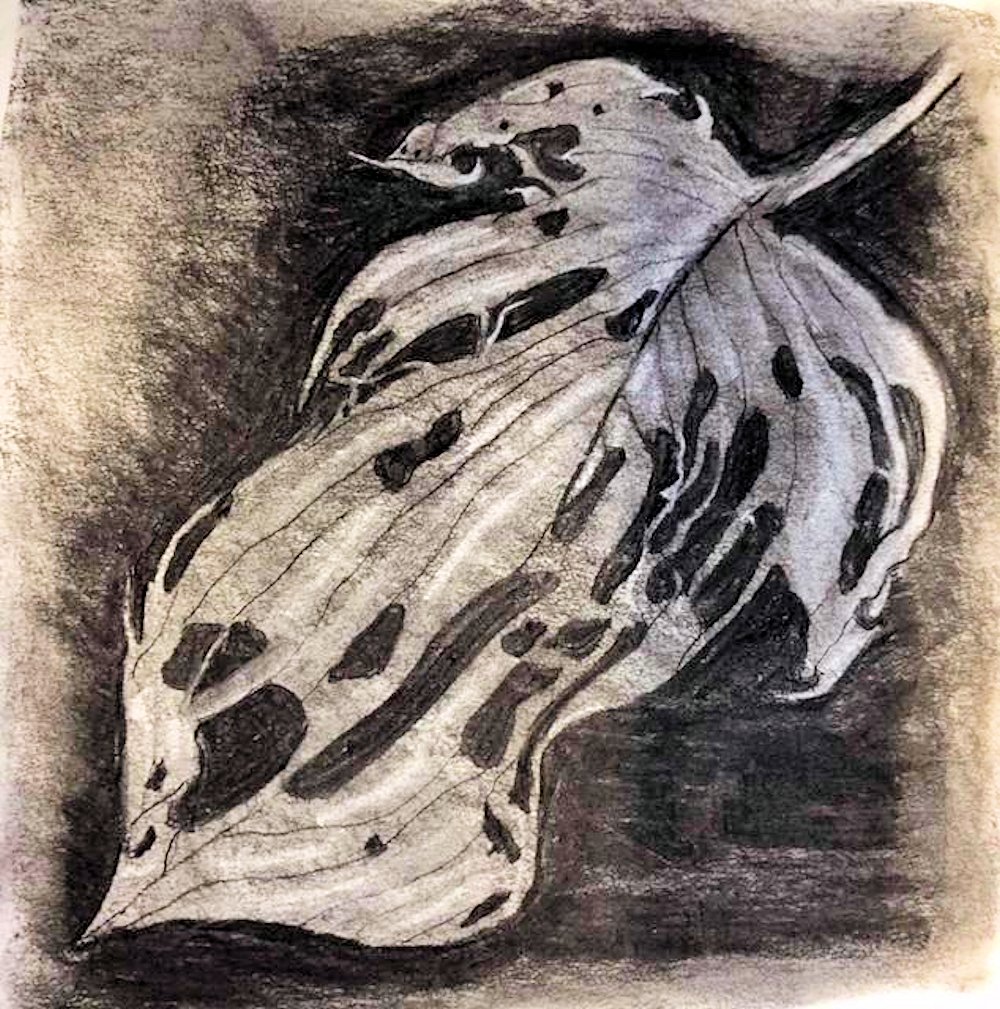
Charcoal by Sandra